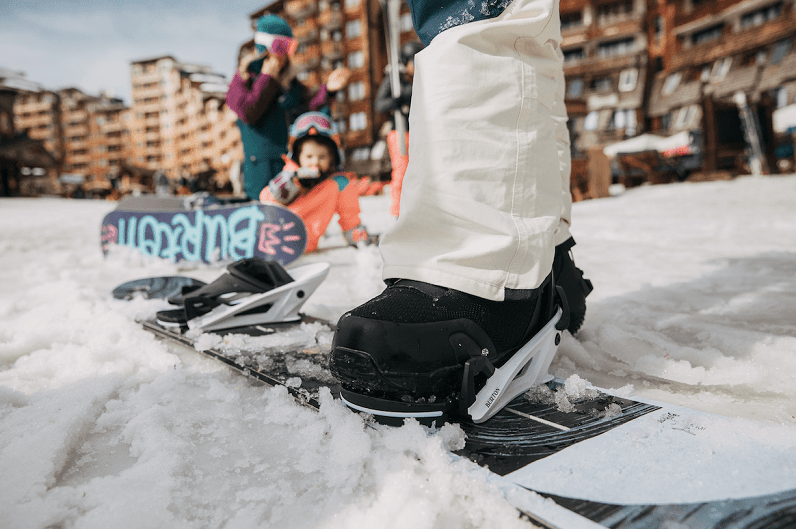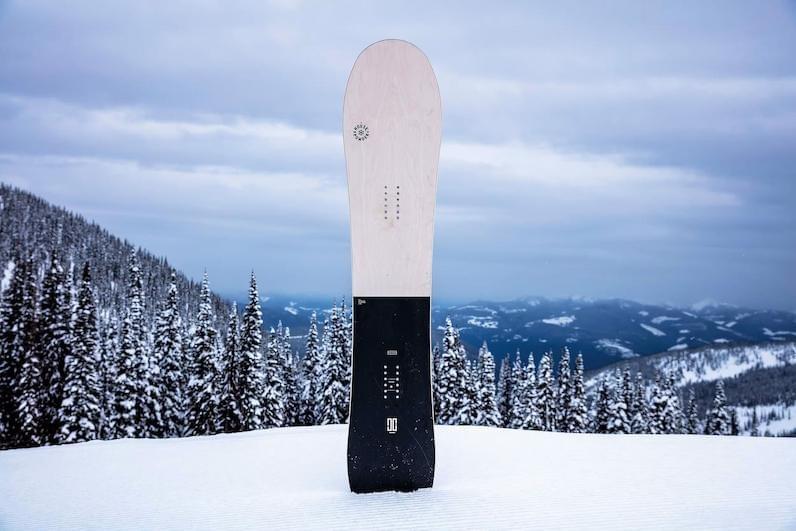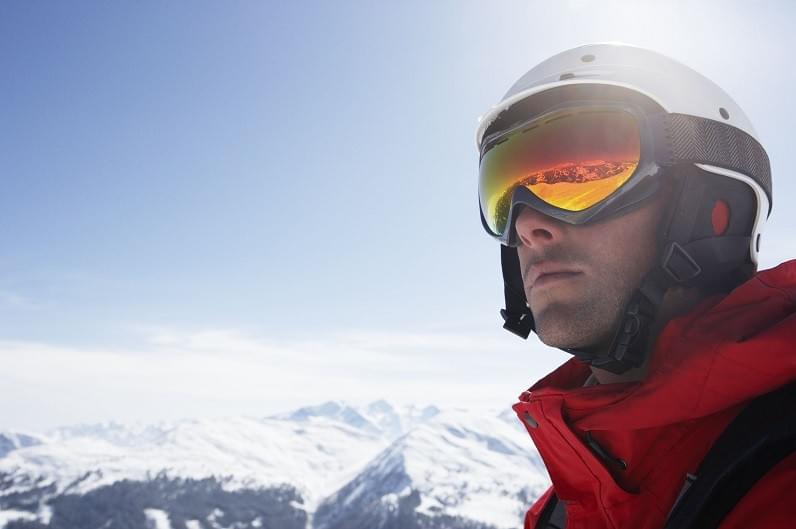So you’ve finally decided to go down the snowboarding slope and see if you’re any good at it. Congratulations, you’re in for a fabulous treat. There’s nothing more freeing than gliding down the snowy terrain and feeling the cold breeze in the air. Everything around you is an absolute blur and your mind just goes blank. Sounds amazing, doesn’t it? You’re probably already giddy with excitement and this just made you even more thrilled for the challenge. Who could blame you anyway?
Before you get going with your new hobby, there are a few things you should know. While the snowboarding skills do play a large role, there’s one thing in particular that creates all the magic. Can you guess what it is? Shockingly, yes, it’s a snowboard. Taking up the sport would be impossible without one. There are quite a few different types out there and since you’re just starting off, you might need a lil’ helping hand to get you going. But don’t fret – we’re here to give you all the details on all the makes and models of boards and how each one is designed to serve a specific purpose.
What Size Snowboard Should You Get?

In order to determine the proper board size, you need to consider your height, weight and boot size. The easiest part here is that your boot size indicates how wide your board needs to be. While there shouldn’t be too much free space, your boot shouldn’t hang over the side either. In terms of length however, a general rule of thumb is to get a board that reaches up to the upper part of your chest or chin when you place it vertically beside your body. Keep in mind that longer boards might be more difficult to handle, especially for beginners since there’s more space to navigate. Starting off with a shorter board might be a better option since it provides greater control and stability for first-time boarders. In time, once you get the hang of things, you can advance to a larger one. For intermediate and experienced snowboarders, longer boards should be just fine since they’re used to all the moves and know how to navigate the snow with ease.
What Are the Different Types of Snowboards?

Alrighty then, now that we’ve covered the sizing bit, let’s see how different types of snowboards can influence your choice.
Powder Snowboards
You know how satisfying it is when you crunch your boots into untouched snow? The sound that it makes just echoes in your ears and brings about great serenity and peace. Now imagine if you could glide through that uncharted territory covered in blissful snow. And that’s not just a thought, it’s reality. You can actually do that if you get durable powder snowboards. These are specifically designed for deep snow conditions. We’re talking knee-deep snow. They offer exquisite flotation levels which makes them quite manageable in areas with a lot of snow coverage. You can already see it now, can you? Slashing through the snow and leaving snake-like lines in your wake. Nothing can beat that.
The way a powder snowboard is designed is what makes it so special and easy to handle. In most cases, they have a wider nose and a somewhat narrower tail which makes it easier for you to stand comfortably and securely. By having more free space in the nose area, you’ll be less likely to sink your feet too deep into the back and dive head first into the snow. It might sound ridiculous but it happens more often than you’d think. In addition, you’ll be riding the powder board in a setback stance which means that all the steering is done with your back foot. In this way, you’ll have more control over how and when you turn and you’ll keep the speed of movement in check if necessary. Plus, the leg burn you feel the next day won’t be as bad as it normally is with other types of boards.
All-Mountain Boards
These are designed to slide through already groomed tracks and slopes along the sides of a mountain. These are a wonderful option for hesitant beginners who are not ready to take on big challenges just yet. By getting an all-mountain board, you’ll be able to experience what it’s like going down the snowy paths. They’re incredibly versatile too so you can try out a variety of snow conditions and terrain.
Freestyle Boards
Freestyle boards are appropriate for the more adventurous type. They’re great for doing tricks in urban areas and push yourself to the limits in snow parks. Bear in mind that they lack the necessary stability and user-friendly interface that beginners would normally take advantage of. So this means that this type of board is probably not your best bet if you’re on the cusp of your journey. Their main purpose is a playful ride along a terrain park instead of long mountain slopes.
Additional Snowboarding Safety Equipment

Before venturing on your adventure, make sure you check all the snow sports safety guidelines to prevent any injuries. Don’t forget to pack your safety equipment either. This includes a helmet and goggles, since you’ll be gliding down a snowy terrain at great speeds and you definitely don’t want that cold air all up in your face. The same goes for mitts and gloves, since your fingers will be exposed to the brisk weather as well and it’s important to keep the blood flow going.

